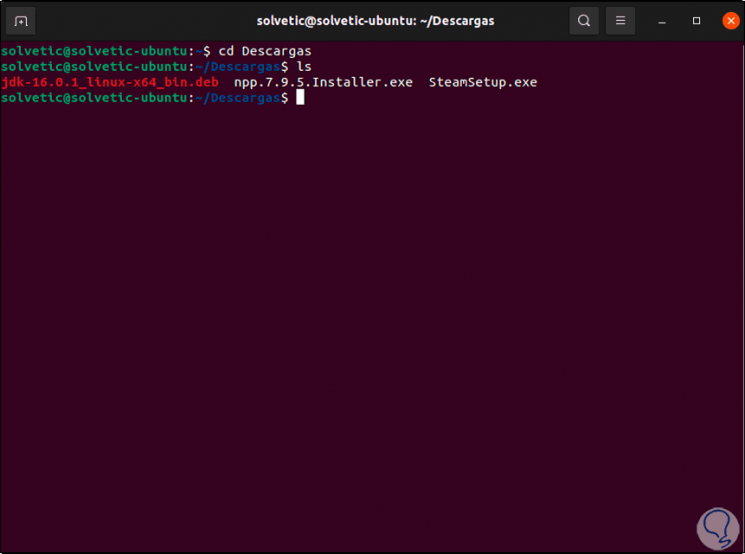
Use nf since nf will be overwitten in updates See here for name-based and ip-based virtual host examples SSLCertificateFile /etc/apache2/ssl/apache.pemįor virtualmin to work with ssl go to apache and check in configure modules mod_ssl mod_actions and mod_suexec (strangely virtualmin sees the change though the items seem unchecked if you revisit the config modules page) In /etc/apache2/nf change line (no key file needed) The nice script in sarge apache2-ssl-certificate for apache2 disappeared in testing/etch so I downloaded from Īb and extracted apache2-ssl-certificate in /usr/sbin ssleay.cnf in /usr/share/apache2Ĭhmod u+x /usr/sbin/apache2-ssl-certificate SSLCertificateFile /root/web_sites/sitename.pem To load the combined file change in the above Apache VirtualHost section, commenting SSLCertificateKeyFile openssl.cnf -infiles req.pemĬopy the certificate and the key to the place you want and rename themĪpache by default needs both combined into one file, soĬat key.pem cert.pem > private/sitename.pem To sign the request we made in the previous step, execute the following and respond to the prompts. Openssl req -new -nodes -out req.pem -config. Openssl req -new -x509 -extensions v3_ca -keyout private/cakey.pem -out cacert.pem -days 3650 -config. OrganizationalUnitName_default = WebSite DevelopmentĪuthorityKeyIdentifier = keyid:always,issuer:always # Default values for the above, for consistency and less typing.Ġ.organizationName_default = Company Name OrganizationalUnitName = OrganizationalUnit String_mask = nombstr # permitted charactersĭistinguished_name = req_distinguished_name Make a new file named openssl.cnf and add lines like this sampleĭefault_keyfile = key.pem # name of generated keysĭefault_md = md5 # message digest algorithm Mkdir -p /root/ca/newcerts /root/ca/private To enable multiple ssl secured sites you can assign different ports to them. SSLCertificateFile /root/web_sites/ssl.cert

mods-available/ssl.conf ssl.confĮnable apache2 to listen to 443 port by editing file /etc/apache2/nf and add a virtual host to this port.
#JDISKREPORT FOR UBUNTU INSTALL#
ServerAlias *.Īpt-get install libapache-mod-ssl libapache-mod-ssl-doc Options Indexes IncludesNOEXEC FollowSymLinks ServerAlias *.ĭocumentRoot /mnt/hda12/Mystuff-programming/my_web_sites/www Apache can do that! It will direct to request from a client browser to be served by a different folder in the same machine! You can have aliases too for example You have registered both to a dns host (like pointing at the same ipīoth point at the same ip address but you want them to be different sites on the same machine. This will show everything in iso8859-7 except the directory test that will be displayed in utf-8 Then in a specific directory or alias add a different If any problems with encodings do the following Then browse to Alias /howto "/usr/share/doc/HOWTO/en-txt" gz files exist like /usr/share/doc/HOWTO/en-txt. html.gz files or txt.gz files you will view them uncompressed.

Be sure ofcourse to have a note in your site saying to the users coming in your site to change their browser preferences to use this.Īnother one is that it can uncompress.

So you can have multiple languages transparently to the user. The one according to the language preferences on your browser will load. Try it running Also .iso8859-7 or .utf8 may exist and load according to browser settingsĪnd 2 files and. Then instead of Allow from all use for the local folderĪ very useful aspect of apache is that if you have an and it will load the one according to the language preferences on your browser. If you have internet access enabled you can move all public stuff to a www folder for example and all private to a local

To load virtual directory testsite/ on startup etc/apache2/sites-available/default just before the closingĪlias /www "/mnt/hda6/athlon/my_web_sites/www"Ī symbolic link to this file is in /etc/apache2/sites-enabled load file as well to mods-enabled directory.Ĭp mods-available/nf mods-enabled/Ĭp mods-available/userdir.load mods-enabled/ In debian modules are in mods-available directory. If the site is also seen from outside in the internet everybody will see the changes. ~/public_html/index.html) from his client machine and everybody will see the changes in at once !!!!! A user (e.g testuser) will modify a webpage (e.g. The following magic think will be produced. If you enable NIS and NFS in the clients.


 0 kommentar(er)
0 kommentar(er)
